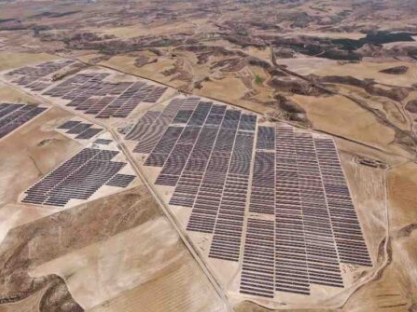
The design prioritizes environmental sustainability and local biodiversity. Q ENERGY plans to install fences that allow small animals to pass through, add protective measures to prevent bird collisions and electrocution, and create a green belt of hedges and plants around the site. Additionally, efforts will focus on supporting the lesser kestrel through new nest boxes and the restoration of old field huts, which serve as preferred shelters and breeding grounds for these birds. Nearby areas will be adapted to benefit steppe bird populations.
“This is already the fifth Spanish project for which we can announce the start of construction this year, and there will be more to come in the months ahead, also here in Aragon. Wherever possible, we will involve local companies to support the regional economy,” said Eduardo de la Hera, head of Development at Q ENERGY Iberia.
Spain leads Europe in renewable energy development, particularly in solar power. According to Global Energy Monitor, the country operates 29.5GW of utility-scale solar capacity, surpassing all other European nations. It also has 7.8GW under construction and 106.1GW in early development stages, outpacing the combined totals of the next three European countries.
The Teruel solar plant aligns with Spain’s commitment to expanding clean energy infrastructure. By integrating local economic participation and biodiversity-focused measures, Q ENERGY’s project contributes to sustainable development and reinforces Spain’s position as a leader in renewable energy innovation.